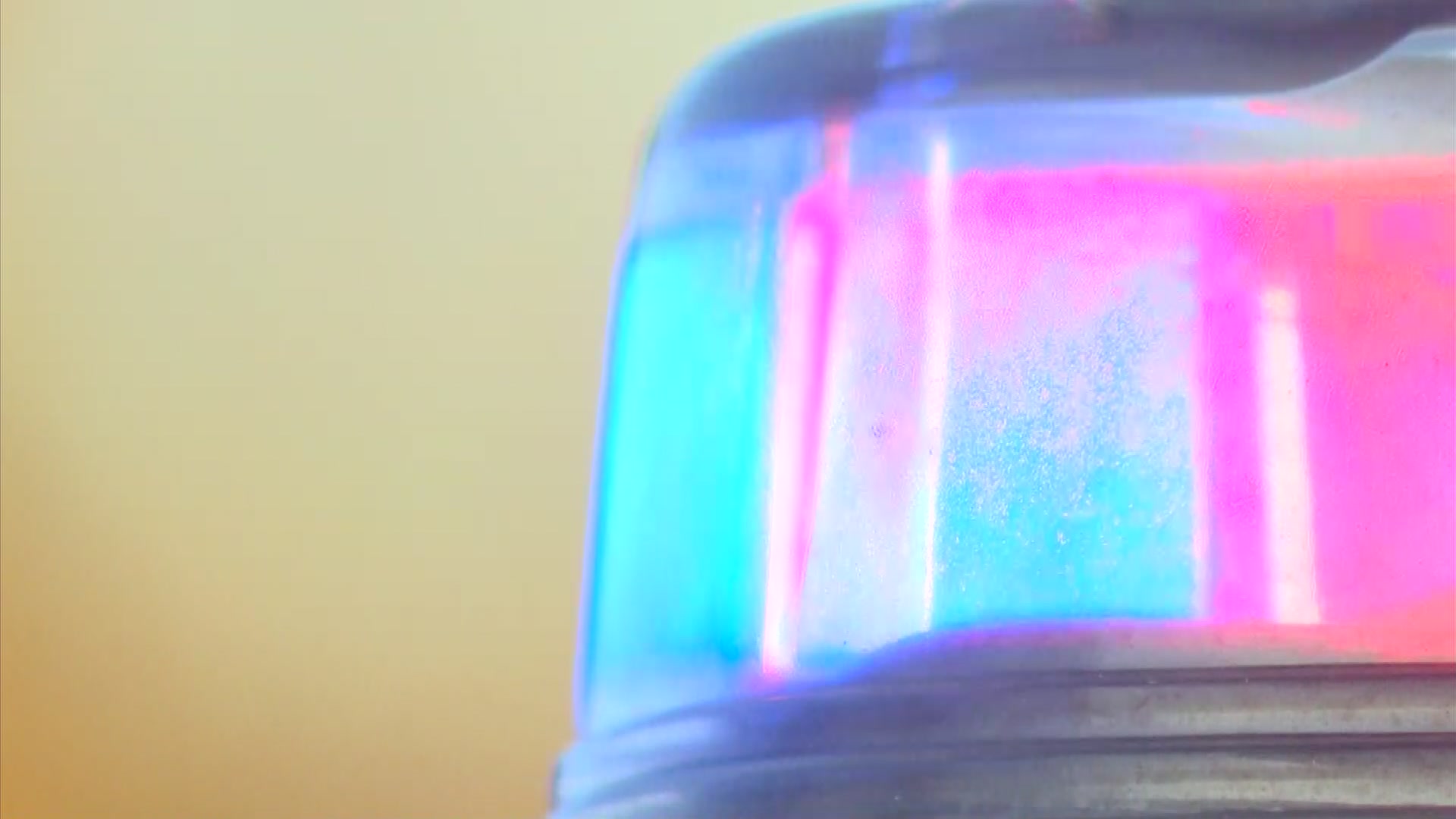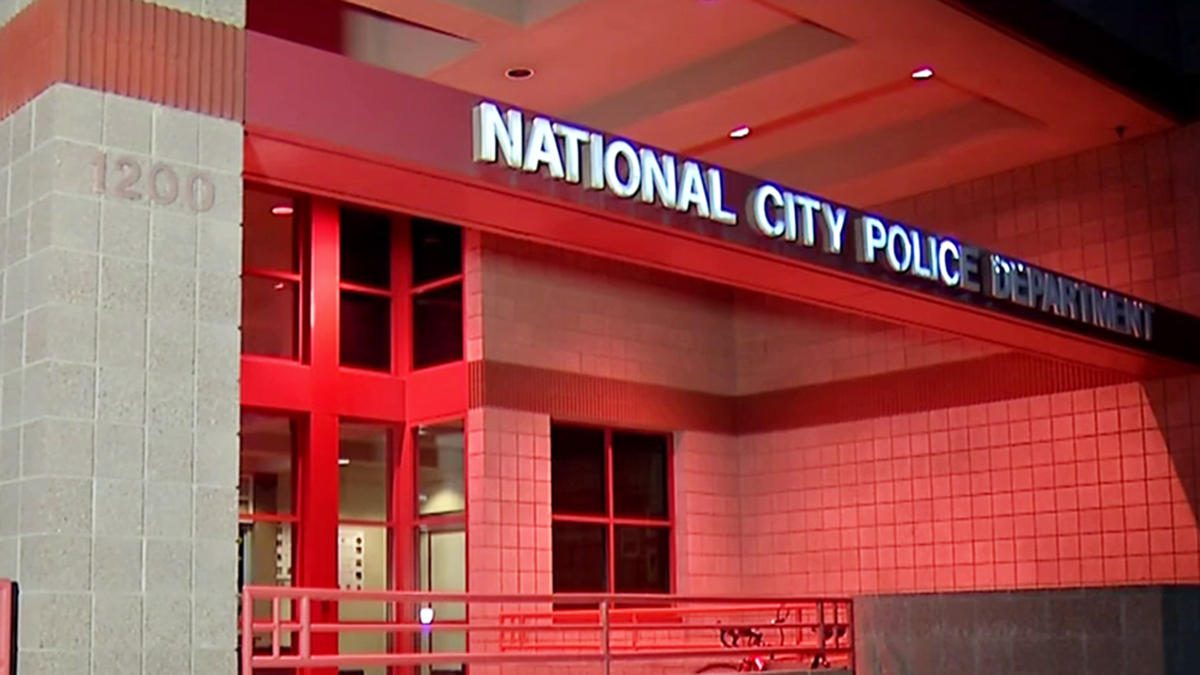A proposed aerial cable car system that would take people from the San Diego Bay to Balboa Park was reviewed Friday and a report gave a sneak peek at what the so-called “Skyway” might look like.
A SANDAG meeting was held to discuss the proposed project and the San Diego Association of Governments' transportation committee reviewed a feasibility report on the Skyway prepared by the consulting firm Parsons Brinckerhoff, commissioned by SANDAG and the Metropolitan Transit System (MTS).
The purpose of the meeting and report was to take a look at whether the Skyway system could work as a mode of transportation for the San Diego region.
The two-mile aerial cable car system would be strung along cables from towers and would take riders from the San Diego Bay to Balboa Park.
“A ‘Bay to Park’ connection has long been identified as a key and desirable linkage between these two iconic features of the San Diego landscape, with the dual objectives of re-establishing Balboa Park’s relationship to downtown and better integrating downtown with the surrounding neighborhoods,” the report reads.
The Skyway would be constructed in the 6th Avenue corridor from the Gaslamp Quarter in downtown San Diego to Balboa Park, ending at the parking lot immediately north and west of the Spreckels Organ Pavilion. The route would include four stations – two end stations and two intermediate stations, according to the report. The two intermediate stations would be located at B and Ivy streets.
Each Skyway car would be able to accommodate a maximum of eight riders.
At first, the Skyway would be able to serve 2,000 passengers per hour. However, the report says cableway systems like this have potential for high-capacity ridership between 4,000 and 5,000 passengers per hour, or up to 1.1 million patrons annually.
“This capacity is competitive with high-capacity bus service,” the report states.
Depending on fare pricing, ridership could generate annual revenues of $1.9 million to $4.9 million, the report says.
Travel time from start to finish would be less than 12 minutes, with the cable cars traveling at 13.6 mph, but slowing down at stations. The report notes the Skyway could serve both local commuters and tourists.
Local
It would likely operate seven days a week, between 12 and 16 hours per day, depending on the day.
The initial cost of the two-mile Skyway is estimated between $65 million and $75 million. The report says this is "cost-effective" when compared to the costs of building other transit modes for this route. Annual maintenance costs would range between $2.6 million and $2.8 million.
Funding for the project remains unsecured, but the report cites:
“There are a number of viable funding sources, ranging from local improvements districts and public-private partnerships, to federal, state, and local transit improvement programs that could be sought. The innovative feature and cost-effectiveness of the Skyway makes the project a strong candidate, setting the cableway apart from other more expensive transit systems and making it more competitive for transit-project funding opportunities and investments.”
The report says the Skyway could lessen traffic and parking demands in the busy area between the San Diego Bay and Balboa Park, but more analysis on that and how to integrate the system into the designated historic districts is still needed.
At the conclusion of Friday’s meeting, the transportation committee agreed to explore the project further. For now, the next steps include focusing on engineering and design considerations and a number of environmental challenges and regulatory issues.
If the plan works out, it could begin service by 2020.
To read the full Skyway feasibility report, click here.



